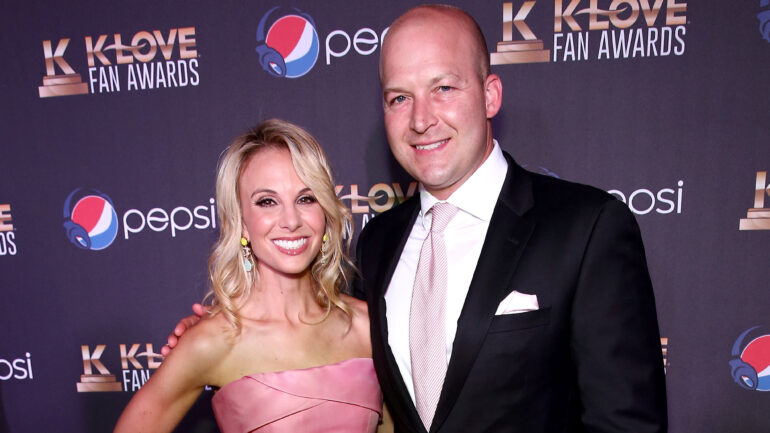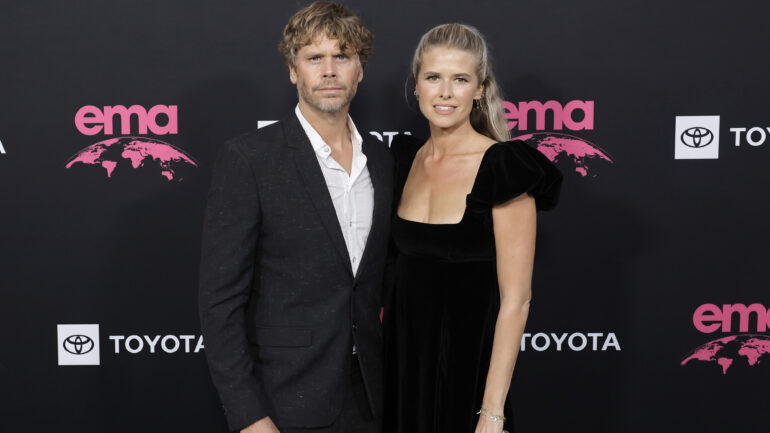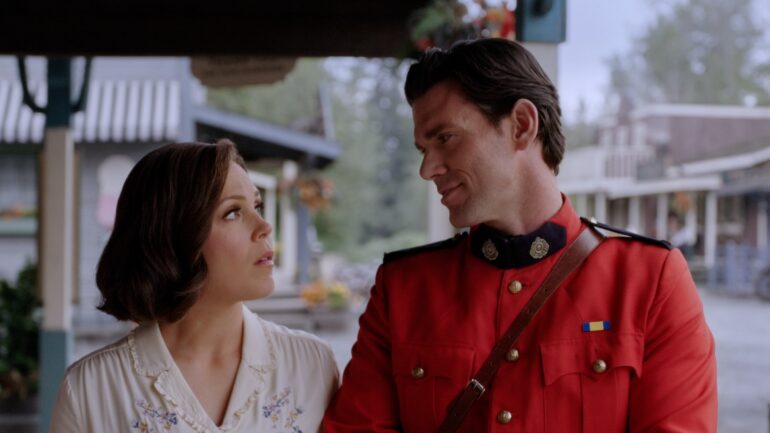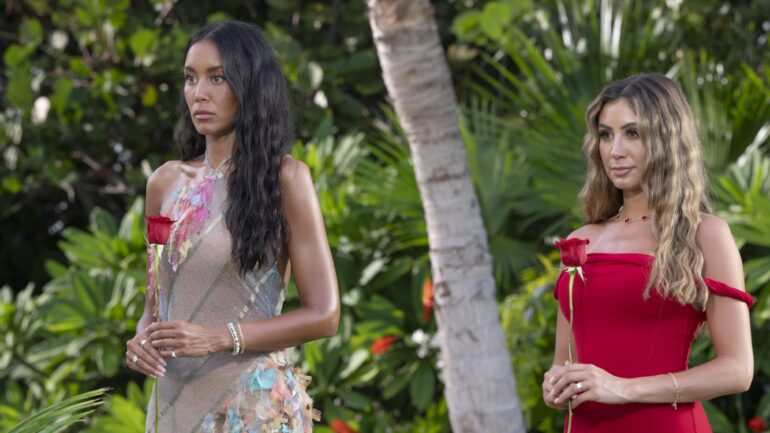Interview
Yulin Kuang on the Art of Adaptations, Her Second Novel & Becoming Emily Henry’s Movie Maestro
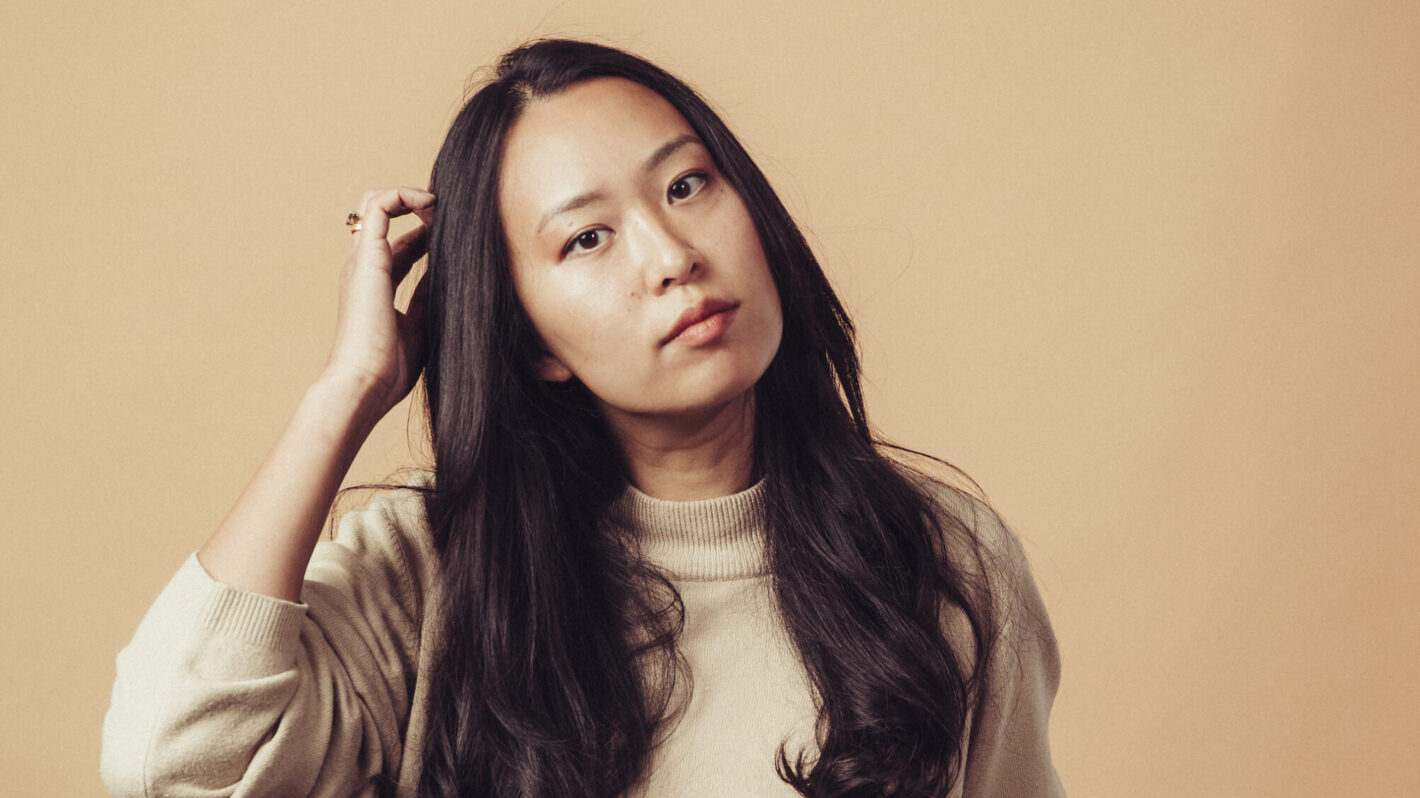
Yulin Kuang knows how to end a love story.
Endings are an inevitable part of any creative process, but happy endings are pivotal within the world of romance. Kuang is dedicated to happy endings in her work.
“To me, it is a definition of the genre. It’s part of why I love it,” she told Swooon. “I do not need a romance to be funny the whole time. I don’t need it to be a rom-com, but I do need it to end happily in order for it to give me a very specific feeling that I’m chasing. So, yes, I’m committed to that because I think we get enough misery in the day to day. Also, there are a lot of artists out there making other kinds of work, and I would like to make the world a more romantic place.”
She published her debut novel, How to End a Love Story, in April of this year, and the novel has quickly amassed a dedicated fanbase. The inspiration to write her own novel “came from wanting to do something original.”
Before sitting down to write her novel, Kuang was writing the screenplay for Emily Henry’s People We Meet on Vacation adaptation, which is now in production. She’d also been tapped to write and direct Beach Read, another Henry adaptation.
“I think I was also pitching at the time a reboot of The Cutting Edge, and I had also done a 27 Dresses reboot for television,” she noted. “I was looking around, and I think this is a perpetual Hollywood thing, where Hollywood has a love affair with adaptation and reboots, right? We love IP, and I think I had this feeling of, what was I made for? Was it to do this? Or do I have something original left within me?”
Her initial idea was to write a feature that she’d direct. However, one social media post changed everything. One of her favorite romance novelists, Sarah MacLean, had posted an ad for her writing workshop — ”Start your romance novel today” — on Instagram.
“It was $50 for a Zoom workshop, and it was the best $50 I ever spent,” Kuang declared. “I looked at the ideas I had been thinking of for any sort of feature, and I kind of circled the one that I felt was the story I wanted to tell. I wrote the book almost as if it were a movie I was directing in the reader’s mind because I think that’s kind of where it came from. It came from wanting to do something original.”
This evolved into Helen and Grant’s love story. Helen, a successful author, and Grant, a former jock turned TV writer, fall in love while adapting Helen’s YA book series for television. Unbeknownst to most, Helen and Grant’s lives were intertwined long before the TV writers’ room. Years ago, a tragedy connected them for life.
“The book is a pandemic book, and sometimes I wonder if the meditation on grief in romance, especially post-pandemic romance, comes from having a collective grieving and mourning period,” she said. “But I also think that grief is, of course, tied in love, because if you grieve something that means you probably once loved it. The things that stay with you, the things that hurt, those kind of wounds, I think those come from places where there once was love, so I think that grief naturally ties into the genre very easily.”
How to Juggle Adaptations
Romance is a hot commodity in Hollywood right now. Kuang would know. Naturally, fans of How to End a Love Story want to see an adaptation.
“Right now, my slate is quite full,” the author told Swooon when asked about an adaptation of her debut novel. “It hasn’t been front of conversation, but it is something I would like to do in the future. I think it would be a very fun meta project because it’s a love letter to adaptation, and it’s also a love letter to art and the artists and the creation process. I would like to adapt it. That would be a very fun thing.”
Readers (like myself) often envision people in the novels they’re reading. There’s been plenty of dream casting How to End a Love Story on the internet. As for Kuang, she hasn’t thought much about who would play Helen and Grant “just because when an actor walks into a room, they have this ability to infuse the words on the page with a life that sometimes transforms it from what you thought it was, and they totally inhabit it.”
She added, “There’s this kind of archetype in my head where she’s like the smart girl from high school, and he’s the golden boy. The image that always pops into my head when I think of it is like Cho Chang and Cedric Diggory, for some reason.”
Kuang’s not underselling just how busy she is at the moment. Her screenplay for People We Meet on Vacation is finished, but she calls the adaptation process a “team sport.” From the author to the screenwriter to the director to the actors, everyone is working in tandem to bring this project to life in a new way. “I’m very excited to see what that alchemy brings,” she noted.
View this post on Instagram
As for Beach Read, Kuang has a notable update: “It is still in development right now. We are still working on the script stage and not quite at the production conversation stage.”
Her Creative Compass & What’s Next
In working on two adaptations of Henry’s work, Kuang has gotten to know the woman behind the bestselling literary universe. “I think it’s been three years now, and it’s kind of impossible to spend that much time closely reading somebody’s work without it having some degree of impact, right? There is the Emily Henry of the text, and then the real privilege has been getting to know the Emily Henry that exists, the person, the author behind it, and that’s been really special,” Kuang said.
It’s been invaluable for the screenwriter to be able to have a dialogue with the person who created the world she’s helping to bring to the big screen. “I think when you read an Emily Henry novel, I think what you’re getting is this feeling of warmth and humor,” Kuang added. “It’s also this meta meditation on romance, and that is what it’s like to talk to Emily. She’s warm, she’s smart, she’s funny, and she cares a lot about romance.”
Kuang is well aware of the fanfare behind the Emily Henry Cinematic Universe. She has put strict barriers on her Instagram so she doesn’t get too invested in other opinions.
“I do think there can be this thing when you’re on this side of the Through the Looking Glass journey of adaptation,” she explained. “If you listen too closely to what the fandom is saying and what they want, then you no longer are being guided by your own intuition and your own creative compass, and that is when you’re in trouble. I think it’s fun to be self-referential, but I think it’s another thing to look out for that you’re operating from a place of your own creative vision, and you’re not just cribbing off of other people’s homework.”
Kuang believes that a “successful adaptation brings new audiences to the original work,” even if it means transforming parts of the source material. “I think a perfectly faithful adaptation might please die-hard book fans, and even then, it might not because every reader has a very specific vision in their head. But it won’t necessarily stand on its own. I think for it to be a good adaptation, it has to stand on its own. It has to kind of be transplanted into this new soil and allowed to take root and bloom in a different context. I find that part very exciting,” she continued.
Just when you think that Kuang couldn’t possibly add anything else to her plate, she’s also in the middle of writing her second book.
“I think I have probably written and abandoned over 100,000 words at this point in time,” Kuang said. “I can tell you about the bodies along the highway. There was a DP-director romance, a publicist and bodyguard romance, a publicist and actor romance, a mega-church amnesia romance, and now I’m working on another one that is not any of those things. I’m not going to talk about it because every time I would talk about one, it would just fall apart. This is one that I hope sticks. It will stick. It has to.”
But one thing that won’t fall apart? Her happy ending.


